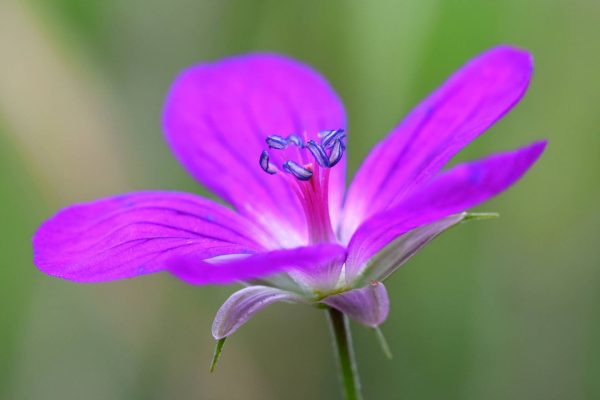Project Report For Sweet Pea Flower Plant
Introduction
Project Report For Sweet Pea Flower Plant is as follows.
The sweet pea plant’s leaves are in blossoms. It has a distinct look and enticing scent. It can be seen frequently throughout Italy. Sicily, Cyprus, and Southern Italy are the native habitats of this plant. The sweet pea is a plant that has therapeutic qualities. It is a common home cure in conventional medicine for a wide range of ailments. While many individuals are aware of the advantages of a sweet pea, many others are unaware of this plant.
Sweet peas come in a number of different types, and each variety has a distinctive colour that ranges from pink to purple to blue tones. There are various research that claim sweet peas are poisonous. To lessen the levels of toxicity, sweet pea seeds should be dried in the sun. You should consult your doctor before introducing sweet pea to your diet because the risk of toxicity can rise if mothers ingest it while pregnant or nursing.
Propagation involves nicking the seed coverings with a knife and soaking the seeds in water overnight. Apply a culture of nitrogen-fixing bacteria, which is readily available at garden supply stores, prior to planting. At temperatures between 55 and 65 degrees Fahrenheit, seeds will begin to sprout in 10 to 14 days.

Benefits of sweet pea flower Plant
- Rich in antioxidant properties :- Antioxidants are well-known to be crucial to human health. They may be able to aid in the battle against free radicals and stop oxidative stress in cells. Eating foods high in antioxidants is the best strategy to avoid getting cancer of any kind. Before using sweet pea leaves as a natural remedy for cancer, talk to your doctor first because they have harmful effects but also contain antioxidants.
- Strong antifungal capabilities :- According to certain studies, sweet pea leaves may have strong antifungal activities. This plant can be used to combat fungus externally. Additionally, you can use it to combat fungal skin issues, but if you are allergic to sweet peas, proceed with caution. If you think you could be allergic to this plant, talk to your doctor.
- Used as famine food :- In some nations, particularly the underdeveloped areas of India, sweet pea leaves are eaten as a famine food, particularly during the dry season when the food supply is scarce. The sweet pea leaves’ high protein content explains why they are used as famine food. The presence of protein makes it possible to combat hunger and malnutrition, especially in children. Not simply the leaves of this plant, but also the seeds and blossoms, are edible.
Project Report Sample On
Sweet Pea Flower Plant
Get Completely Custom Bankable Project Report
Market Potential for Sweet Pea Flower Plant
The Floriculture Market was worth USD 46.33 billion in 2021 and is expected to be worth USD 77.86 billion by 2030, increasing at a CAGR of 6.75% from 2023 to 2030.
The growing demand for flowers for decorations on various occasions, aesthetic adornment, and exchange greetings are some of the primary driving factors for the growth of the Floriculture Market. The rapid expansion in digitization and E-commerce has had a significant impact on the growth of floriculture, as they help boost the selling of flowers through various IT systems. The Global Floriculture Market research report provides a thorough examination of the market. The research thoroughly examines key segments, trends, drivers, restraints, the competitive landscape, and factors that have a significant impact on the market.
Floriculture farmers are now more profitable as a result of the use of modern farming techniques. Floriculture goods have a higher profit per unit area than other agricultural items. This is enticing farmers to convert to floriculture. Furthermore, the increased adoption of Ayurveda and other indigenous remedies is driving demand for floriculture products. Flowers such as rose, jasmine, and tuberose are used to make essential oils and other Ayurvedic medicines.

